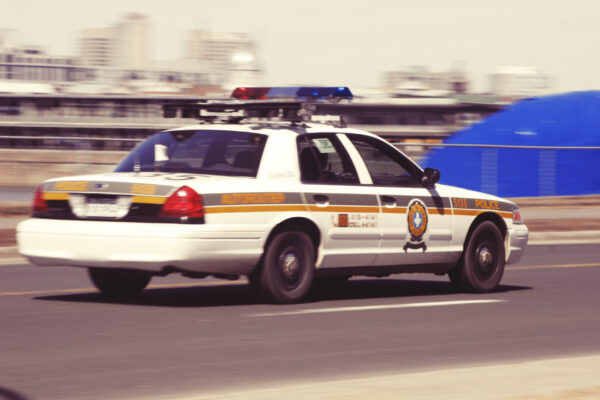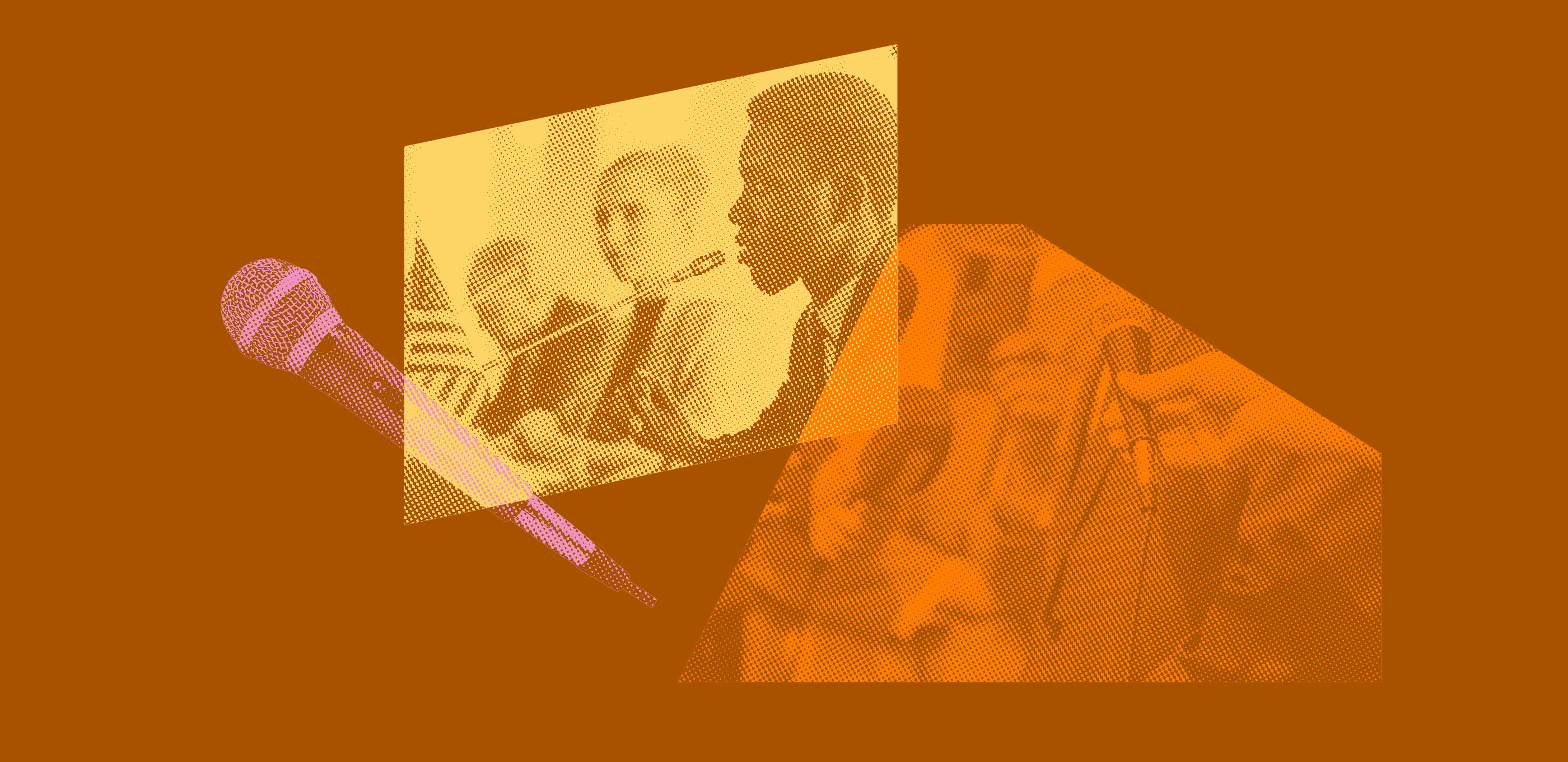A new report indicates that the likelihood police will search a car in Connecticut correlates directly to the color of the driver’s skin, and that minority drivers are more likely to be stopped in the first place, particularly in some towns and cities.
The Traffic Stop Data Report by the Institute for Municipal and Regional Policy at Central Connecticut State University contains data provided by police throughout the state about traffic stops between October 1, 2013 and May 31, 2014. The picture will become clearer when the data is further augmented, refined and analyzed, but some signs of racial disparity are already apparent.
“We’re encouraged to see this information finally start to emerge for public examination and discussion,” said Sandra Staub, legal director of the American Civil Liberties Union of Connecticut. “We need more data and more analysis to get a better picture of what’s happening, but it’s not too soon for police departments to consider what the report suggests about their practices and what changes may be in order.”
According to the data, police in Connecticut were more than twice as likely to search the vehicles of the African American and Latino drivers they pulled over as they were to search the vehicles of the white drivers they stopped. Yet police found contraband more often in the vehicles of white drivers than they did in the vehicles of African American and Latino drivers.
“The data show police in general treating drivers of color with more suspicion for less cause,” Staub said. “This is a sign of a systemic bias. It translates into a lower threshold of suspicion for people of color and the humiliation and mistreatment of innocent drivers.”
More than a third of vehicle searches were reportedly carried out with the consent of the driver, but consent to search a vehicle typically is given under highly coercive circumstances.
“Many drivers, particularly members of minority groups, report to us that they consented to a search for fear that their refusal would either be punished or futile, with some drivers reporting that police searched their vehicles regardless of their refusal,” Staub said. “Nobody should be permitted to invade the privacy and injure the dignity of innocent people based on hunches influenced by racial bias and excused by coerced cooperation.”
The data indicating that minority drivers are much more likely to be pulled over is less conclusive only because work remains to better define patterns in the racial composition of the driving population. But the report indicates patterns of enforcement that raise concern and require further study:
- The report estimates that African Americans account for less than 8 percent of the state’s driving population but the data show they account for just over 14 percent of all traffic stops. The analysis of these statistics is still being refined to reflect complex driving patterns. When the benchmark is better established, it will clarify the extent of bias involved in making initial stops, which needs to be integrated with information about how people are treated after they are pulled over.
- The initial data set shows wide variations from one municipality to another in the degree of racial disparity in stops and in searches. Some municipalities show a substantially higher percentage of stops involving minority drivers than seems consistent with the population of minority drivers living in or driving through town. For example, Wethersfield police reported that 19.3 percent of the drivers they pulled over were African American, a ratio six times higher than the estimated population of African American drivers living in town and more than 3.5 times greater than the estimated population of African American drivers passing through. More data will provide more conclusive findings but this report offers sufficient grounds for many police agencies to examine their traffic enforcement methods.
- The initial data suggest some police departments should check to ensure they are reporting all traffic stops. For example, police in Waterbury, the state’s fifth largest city, reported making slightly fewer stops than police did in the small, rural town of Granby. The even smaller town of Redding reported nearly three times the number of stops that Stamford, the state’s fourth largest city, reported. These disparities require explanation.
“Understanding and eradicating racial profiling is an extraordinarily difficult task,” Staub said. “Everyone involved in this effort deserves credit – the Institute for Municipal and Regional Policy, the legislature, the Racial Profiling Prohibition Advisory Board and the police officers who have collected and reported the data. We must all keep working together toward a solution.”
Related Content

Latest Police Traffic Stop Report Reflects “Suburban Version of Stop and Frisk”

Another Traffic Stop Study Shows Racial Disparities in Policing in Connecticut
Stay Informed
Sign up to be the first to hear about how to take action.
By completing this form, I agree to receive occasional emails per the terms of the ACLU’s privacy statement.
By completing this form, I agree to receive occasional emails per the terms of the ACLU’s privacy statement.

